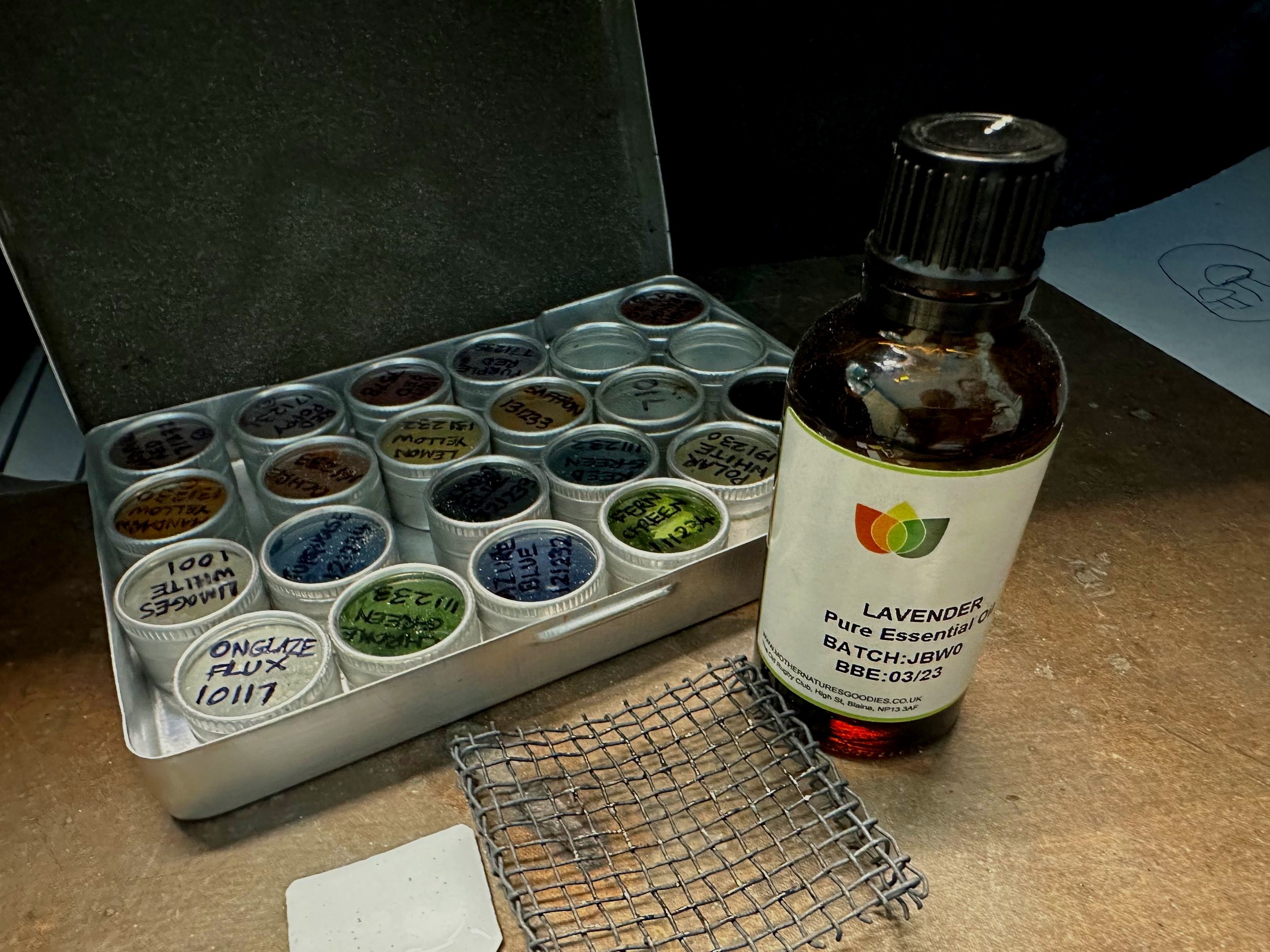
Step into the history of enamelling and how the ancient techniques are created
Enamel is an ancient art form that has been used to decorate everything from classical Byzantine religious objects to Fabergé’s iconic Imperial eggs, enamelling has been revered throughout history. Practiced for centuries as a form of artistic expression, it is the jeweller’s art that enamelling is perhaps most closely associated, but an art from that is dying out.
When you see the term enamel being used in relation to fine jewellery, it is most often describing hot enamel –an ancient decorative technique that employs vitreous enamel to “colour in” areas of a jewel by fusing it to metal and firing it at very high temperatures.
Because of its famously tricky nature, the application of hot enamel has long been considered an art form. The process is time-consuming and involves dry-sifting a very fine glass powder – combined with metal oxides, which add colour – onto the surface or wet packing the enamel into channels in the metal. After application, the powder is heated until it softens and flows.
Once cooled, it transforms into a solid, glassy mass, with multiple applications and a series of firings in the kiln required to achieve the depth of colour and magical translucency that are signatures of this technique. A highly technical process requiring both a scientific understanding of melting points in the kiln and sensitivity to the material that is only acquired with practice, it takes years of training and great skill to become a master.
Temperatures in the kiln can reach 750 to 900 degrees centigrade or more, with the exact temperature dependent on the colour. Red, for example, is one of the hardest to achieve because of its unpredictability when fired. Part art, part science, there are lots of factors that can lead to success or failure, including the thickness of the glass powder, the firing temperature and the length of time in the kiln.
Vitreous enamel can be used to achieve an opaque finish as well as translucent or transparent effects, and it can be applied using a plethora of artistic techniques. These include classic painted enamel; cloisonné, which entails soldering delicate metal strips to a metal surface to form a design and filling the spaces with enamel; plique-à-jour, where the enamel is applied into cells with no backing so that the light shines through it; and guilloché, a particularly laborious method of placing translucent layers of enamel over an intricate, machine-engraved pattern.


